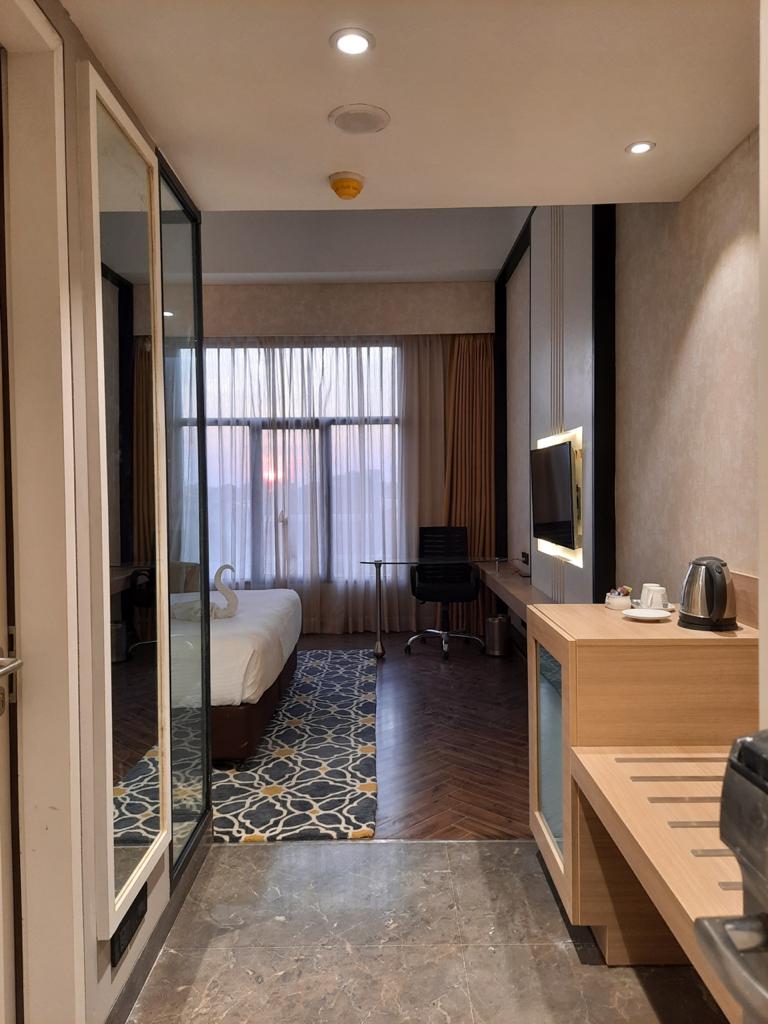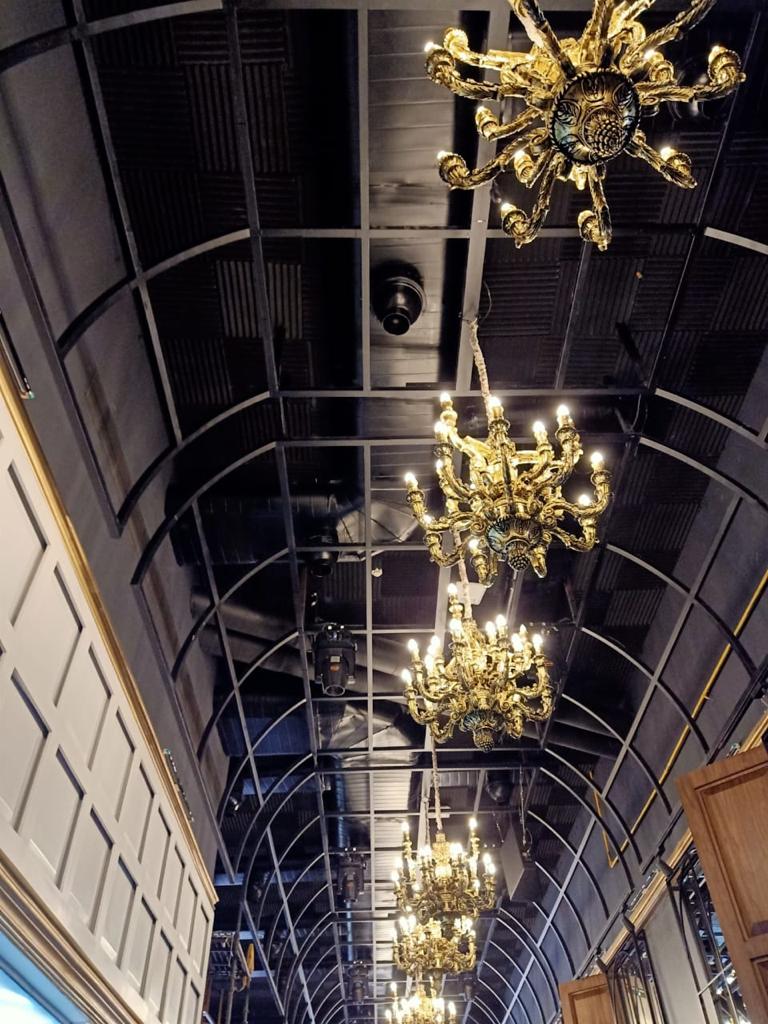
About Interior Services
Interior design is a multifaceted field that blends art, functionality, and innovation to transform spaces into visually appealing, functional, and harmonious environments. It encompasses a wide array of design elements, such as color, texture, lighting, furniture, and layout, which collectively create an atmosphere that reflects the tastes and needs of its inhabitants.
In essence, interior design involves not only enhancing aesthetics but also optimizing the practicality and efficiency of a space. Designers often collaborate with clients to understand their preferences, lifestyles, and goals, ensuring that the final design aligns with their vision.
In recent years, interior design has evolved to incorporate sustainability and eco-friendly practices, emphasizing the use of environmentally responsible materials and energy-efficient technologies. As a result, modern interior design not only focuses on beauty but also strives to minimize the environmental footprint.
Whether it’s a cozy home, a bustling office, or a trendy restaurant, interior design plays a crucial role in creating spaces that inspire, comfort, and cater to the unique needs of those who inhabit them. It’s a harmonious blend of creativity, functionality, and innovation, making our surroundings more than just places; they become a reflection of our personality and purpose.
Fully Trained Employees
A fully trained employee of an interior designer is a professional who has undergone comprehensive training and education in the field of interior design. These individuals typically possess the necessary knowledge, skills, and expertise to excel in the industry. Here are some key attributes of a fully trained employee in interior design:
Design Proficiency: They are skilled in various design principles, including color theory, spatial arrangements, furniture placement, and materials selection, allowing them to create aesthetically pleasing and functional spaces.
Technical Competence: They are proficient in using design software, CAD (Computer-Aided Design), and 3D modeling tools to create detailed plans and visual representations of their design concepts.
Product Knowledge: They have a deep understanding of different materials, fixtures, furnishings, and finishes, helping them make informed choices that align with the project’s goals and budget.
Client Communication: They possess strong communication skills to effectively collaborate with clients, interpret their preferences, and translate them into design concepts.
Project Management: They can manage multiple aspects of a project, including timelines, budgets, and coordination with contractors and vendors.
Sustainability Awareness: Many fully trained interior designers prioritize sustainable and eco-friendly design practices, contributing to environmentally responsible projects.
Continuing Education: They stay updated with industry trends and continuously expand their knowledge through workshops, courses, and design conferences.
A fully trained employee of an interior designer is a valuable asset in delivering high-quality, creative, and functional interior spaces that meet the needs and preferences of clients.


Quality Maintain Every Time
Quality maintenance in the realm of interior design is a vital aspect that ensures that the final design not only meets but consistently exceeds client expectations. Here are some key components of quality maintenance for an interior designer:
Client Collaboration: Maintain open and clear communication with clients throughout the project. Regular updates, feedback sessions, and addressing their concerns contribute to maintaining quality.
Adherence to Budget: Careful management of the project budget, tracking expenses, and transparent reporting helps prevent cost overruns and maintains the quality of design within the set financial limits.
Timeline Management: Staying on schedule is crucial. Delays can lead to quality compromises. Efficient project management, coordination, and monitoring are essential.
Quality Materials and Craftsmanship: Ensure the use of high-quality, durable materials and work with skilled craftsmen who can bring the design concept to life with precision.
Attention to Detail: It’s the small details that often make a design outstanding. Pay meticulous attention to every element of the design, from color choices to fixtures, to guarantee the finest quality.
Post-Installation Inspection: After the project is completed, conduct thorough inspections to identify any issues or defects that need rectification.
Client Feedback: Encourage clients to provide feedback after project completion to identify areas for improvement and to ensure they are satisfied with the quality of the design.
Sustainability: Consider environmental sustainability by using eco-friendly materials and energy-efficient designs whenever possible.
Quality maintenance in interior design is an ongoing commitment to delivering spaces that are not only visually impressive but also functional and durable. It’s about consistently upholding the highest standards of craftsmanship and client satisfaction.
